The Role of Robotics in Injection Molding: Revolutionizing Precision and Speed
In today’s manufacturing world, there’s a buzz about automation—and for a good reason. Robotics has stormed into various industries, taking over repetitive, time-consuming tasks, and doing them better than we ever could. Among the industries experiencing this robotic revolution, injection molding is a standout.
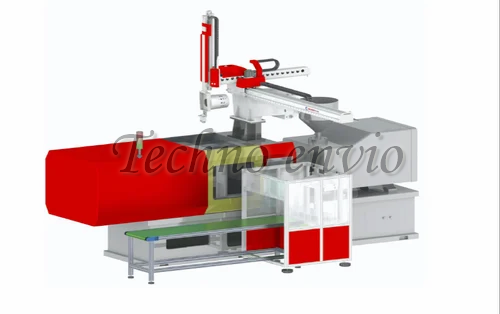
You might wonder, “Why all the fuss about robots in injection molding?” The truth is, the combination of robotics and injection molding is a match made in manufacturing heaven. It’s not just about reducing costs; it’s about crafting precision parts faster than ever before. So, let’s dive into how robotics is reshaping this vital manufacturing process—and why it’s not just a trend, but the future.
What Is Injection Molding?
Before we jump into the robotic enhancements, let’s take a quick step back. Injection molding is a manufacturing process where melted plastic is injected into a mold to create parts or products. It’s a process known for its ability to mass-produce items consistently, from car parts to smartphone cases.
However, traditional injection molding has always come with a set of challenges—manual labor, slower cycle times, and inconsistencies in quality. That’s where robotics steps in and completely flips the script.
Why Robotics in Injection Molding?
Robots aren’t just about efficiency—they add precision, speed, and consistency to processes that otherwise rely on human labor. Robotics in injection molding is all about automation, but it’s also about enabling manufacturers to produce more in less time with fewer mistakes.
Here’s how robotics is bringing injection molding into the future:
1. Robotic Arms: The Masters of Precision

Robotic arms have become the go-to tool for tasks requiring pinpoint accuracy. Think about the delicate operation of removing parts from molds—even the slightest error could damage the part. Robots, however, execute these tasks with laser-like precision every time.
For example, when producing medical devices or electronic components, even the smallest imperfection can lead to costly failures. Robotics eliminates human error and ensures each part is identical to the last, down to the tiniest detail.
2. Speed Like Never Before: Robots Never Need a Break
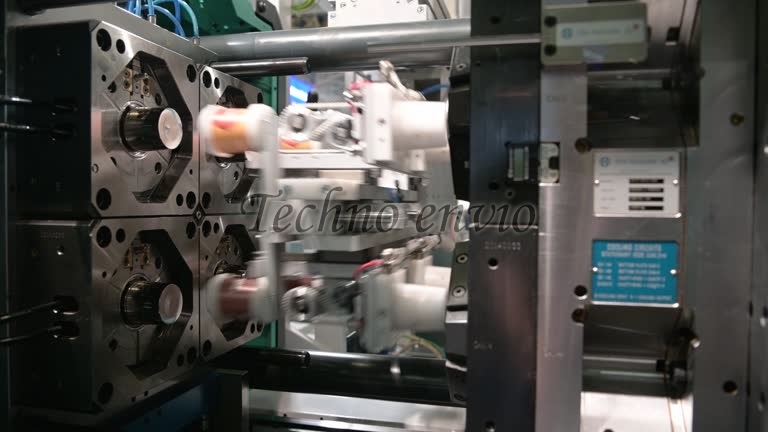
One of the biggest challenges in traditional injection molding is cycle time—the time it takes for a machine to complete one molding cycle and get ready for the next. Every second shaved off the cycle time means more parts, faster production, and higher profits.
Robots can dramatically cut down cycle times by performing tasks simultaneously. While one arm is removing a finished part, another could be prepping the next mold. Plus, robots don’t take breaks, need lunch, or call in sick—so production continues without interruption, 24/7. In industries where speed to market is critical, robotics is a game-changer.
3. Say Goodbye to Workplace Injuries
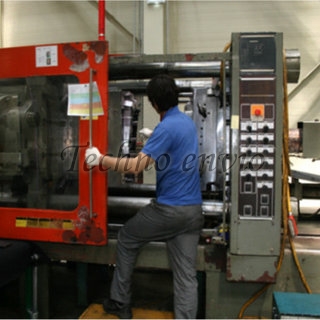
Injection molding involves dealing with high temperatures, heavy molds, and fast-moving machinery. For workers, this can create hazardous working conditions. By introducing robots into the mix, companies can take people out of harm’s way, letting machines handle the dirty, dangerous jobs.
For instance, robots can swiftly remove freshly molded, super-hot plastic parts from the machine, something that would be risky for human operators. By taking over these hazardous tasks, robots help reduce the risk of injury on the production floor, while keeping operations running smoothly.
4. Consistency = Fewer Defects

In manufacturing, consistency is king. A single defect can result in wasted materials, lost time, and even customer dissatisfaction. When you’re manufacturing thousands (or millions) of parts, small mistakes can add up quickly.
Robotics ensures near-perfect consistency with every part produced. Advanced sensors and programming make sure that robots follow the same movements and procedures with each cycle. This precision leads to fewer rejected parts, less waste, and ultimately, lower production costs.
5. More Flexible Than You Think
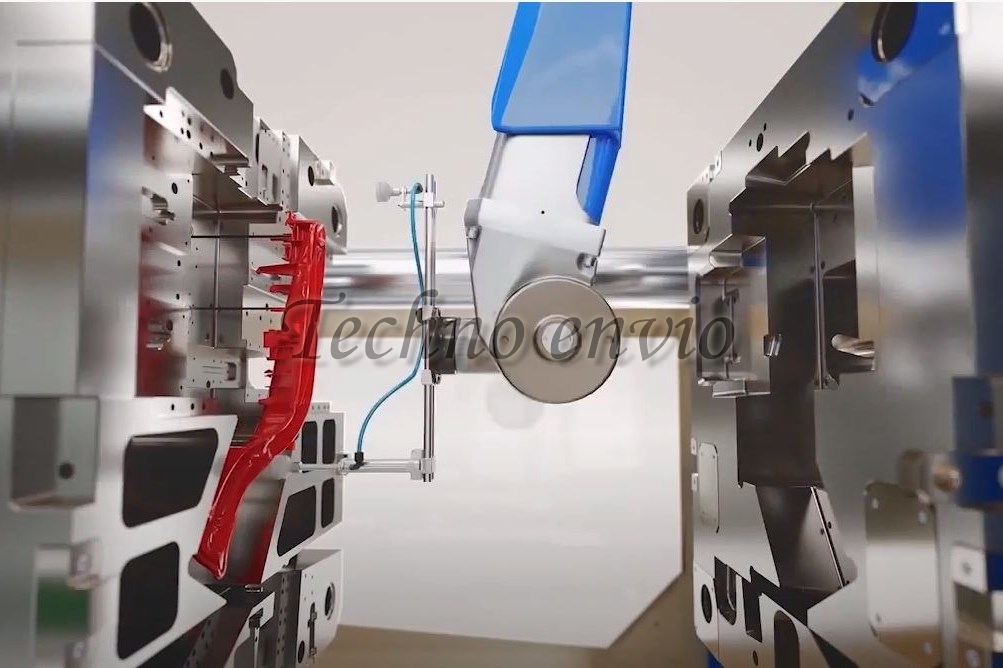
You might think robots are rigid machines, but they’re actually incredibly adaptable. Modern robots can be programmed to switch between tasks, allowing manufacturers to quickly shift from making one type of product to another. This flexibility is a huge advantage for manufacturers producing different parts on a regular basis.
Whether it’s changing molds, adjusting to different materials, or switching up product lines, robots can easily be reprogrammed to handle new tasks. This versatility makes them a valuable asset in injection molding, especially in industries where customization is key.
Real-World Applications of Robotics in Injection Molding
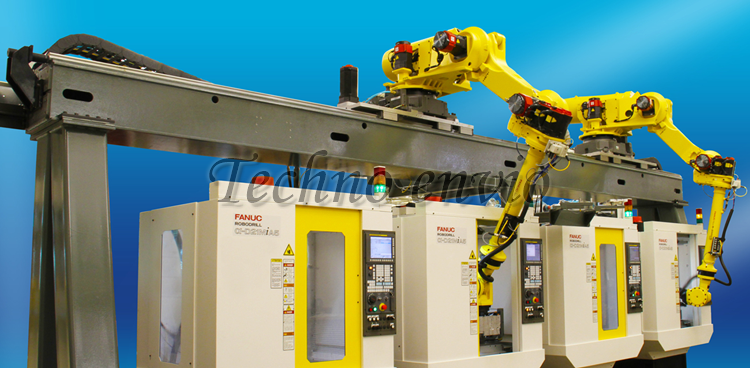
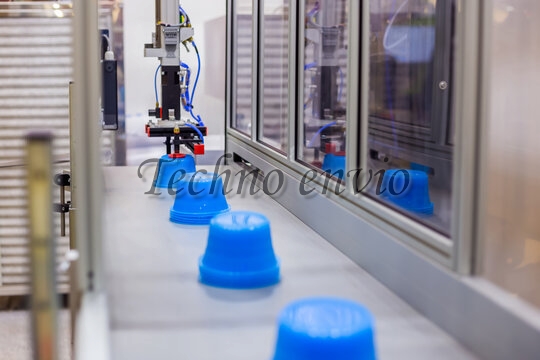
Wondering how robotics looks in action? Here are a few real-world examples where robotics takes injection molding to the next level:
- Part Ejection: Robots can remove parts from molds at lightning speed, reducing wait times and increasing throughput.
- Insert Molding: Robots precisely place metal inserts into molds, ensuring each one is perfectly positioned before plastic is injected around them.
- Post-Processing: Robots trim excess plastic, inspect parts for defects, and even package finished products, taking care of tasks that once required manual labor.
What’s Next? The Future of Robotics in Injection Molding

As robots become more sophisticated, their role in injection molding will only expand. We’re already seeing the rise of collaborative robots (or cobots), which can work side-by-side with human operators. These robots are designed to complement human labor, taking on repetitive tasks while workers handle more complex responsibilities.
Moreover, AI-driven robots will soon become commonplace, able to learn from previous molding cycles and make real-time adjustments to improve quality and efficiency. Imagine a robot that not only injects plastic into a mold but also self-optimizes for perfect results every time.
In-Mold Labeling (IML) in Injection Molding Automation

In-Mold Labeling (IML) is another exciting innovation in the world of injection molding, further enhancing the capabilities of robotic systems in the process. IML involves placing pre-printed labels directly into the mold before the plastic is injected, resulting in a fully labeled product right out of the mold. This eliminates the need for post-production labeling and brings additional benefits in terms of speed, precision, and cost efficiency.
How IML Works
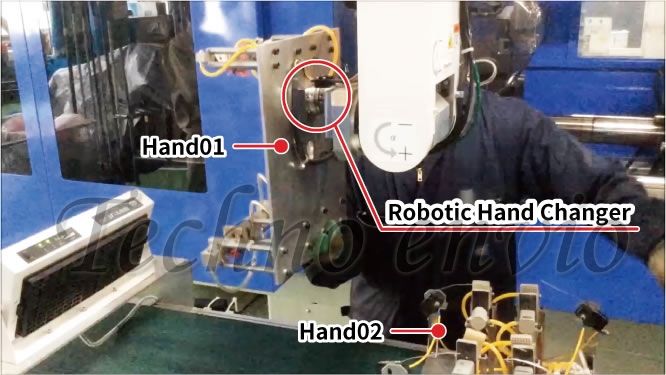
IML is executed through the careful placement of a label or decorative film inside the mold cavity. Robotic arms are essential in this process, ensuring that the labels are precisely positioned in the mold. Once the mold is closed, molten plastic is injected, and the label becomes an integral part of the finished product.

Robots in the IML process handle several key tasks:
- Picking and placing labels: High-speed robotic arms carefully handle the labels, ensuring they are placed accurately in the mold before the plastic is injected.
- Label positioning: Advanced sensors and automation technology ensure the label is perfectly aligned, eliminating the risk of misplacement or defects.
- Post-production handling: After the molding process is complete, robotic systems can inspect and remove the labeled parts, seamlessly transferring them for packaging or further inspection.

Advantages of IML
- Enhanced Product Appearance: IML offers a polished, high-quality look to products since the label is fused with the plastic, creating a seamless design.
- Reduced Production Steps: By combining the molding and labeling process, IML eliminates the need for separate labeling machinery, reducing production time and cost.
- Durability and Longevity: Since the label is embedded within the plastic, it becomes highly resistant to wear, scratching, or peeling, which is vital for products exposed to harsh environments.
- Sustainability: IML can contribute to more sustainable manufacturing by using recyclable materials, eliminating the need for glue or additional adhesives typically used in post-mold labeling.
- Customization and Branding: IML allows for complex and colorful designs, making it easier to create brand-specific labels or add information directly to the product in a way that remains permanent.
IML and Robotics: A Perfect Match for Precision and Efficiency
When paired with automation, IML becomes even more powerful. The integration of robotics in this process ensures ultra-precise label placement, especially for products with intricate designs or delicate surfaces. Robotic systems can handle rapid cycles and ensure perfect positioning, reducing human error and increasing overall output. Additionally, robots can adapt to different label designs and formats, making IML versatile for a range of industries from packaging to consumer goods.
Conclusion: Robotics Isn’t the Future—It’s the Now
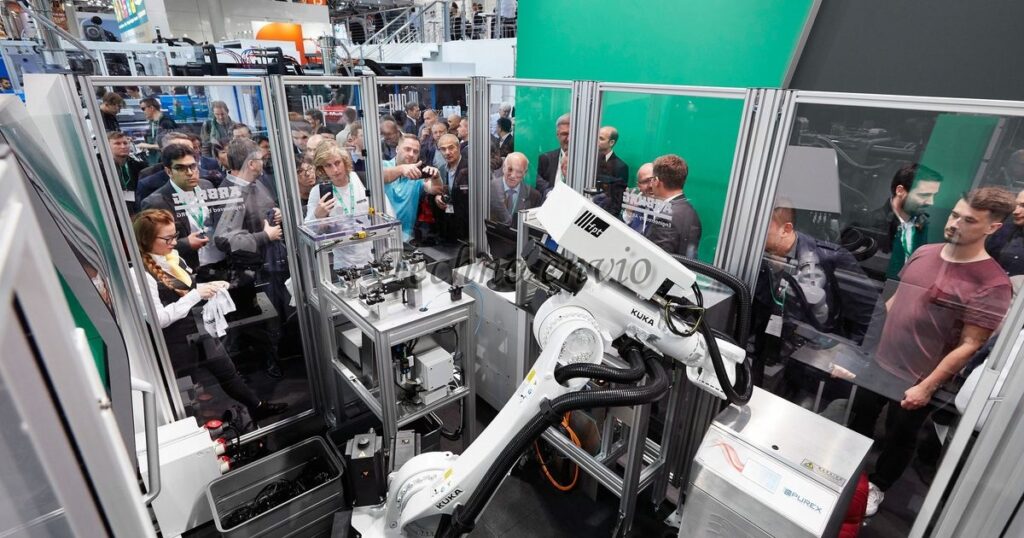
The integration of robotics into injection molding is transforming the industry, making it faster, more efficient, and more precise than ever before. By automating repetitive tasks, robots improve consistency, reduce defects, and slash cycle times, helping manufacturers stay competitive in a fast-paced world.

Whether you’re a small manufacturer or a global company, robotics offers significant advantages. And as robotic technology continues to advance, the future of injection molding looks brighter than ever. If you’re not already leveraging robotics in your operations, now might be the perfect time to start.
FAQs
1. How do robots improve precision in injection molding?
Robots handle delicate tasks like part removal, insert placement, and post-processing with exceptional accuracy, eliminating human errors and ensuring consistent results.
2. Will robots reduce production costs?
Yes! Robotics reduces cycle times, minimizes defects, and operates 24/7 without needing breaks, making production faster and more cost-efficient.
3. Can robots work alongside humans?
Absolutely. Collaborative robots (cobots) are designed to work safely with human operators, handling repetitive tasks while humans focus on more complex work.
4. What is insert molding, and how do robots help?
Insert molding involves placing metal or other components inside a mold before injecting plastic around them. Robots ensure the inserts are positioned perfectly, enhancing the quality of the finished part.
5. Are robots expensive to implement?
While the initial investment can be high, the long-term benefits—such as reduced labor costs, fewer defects, and faster production—often outweigh the costs, making robotics a wise investment for many manufacturers.

